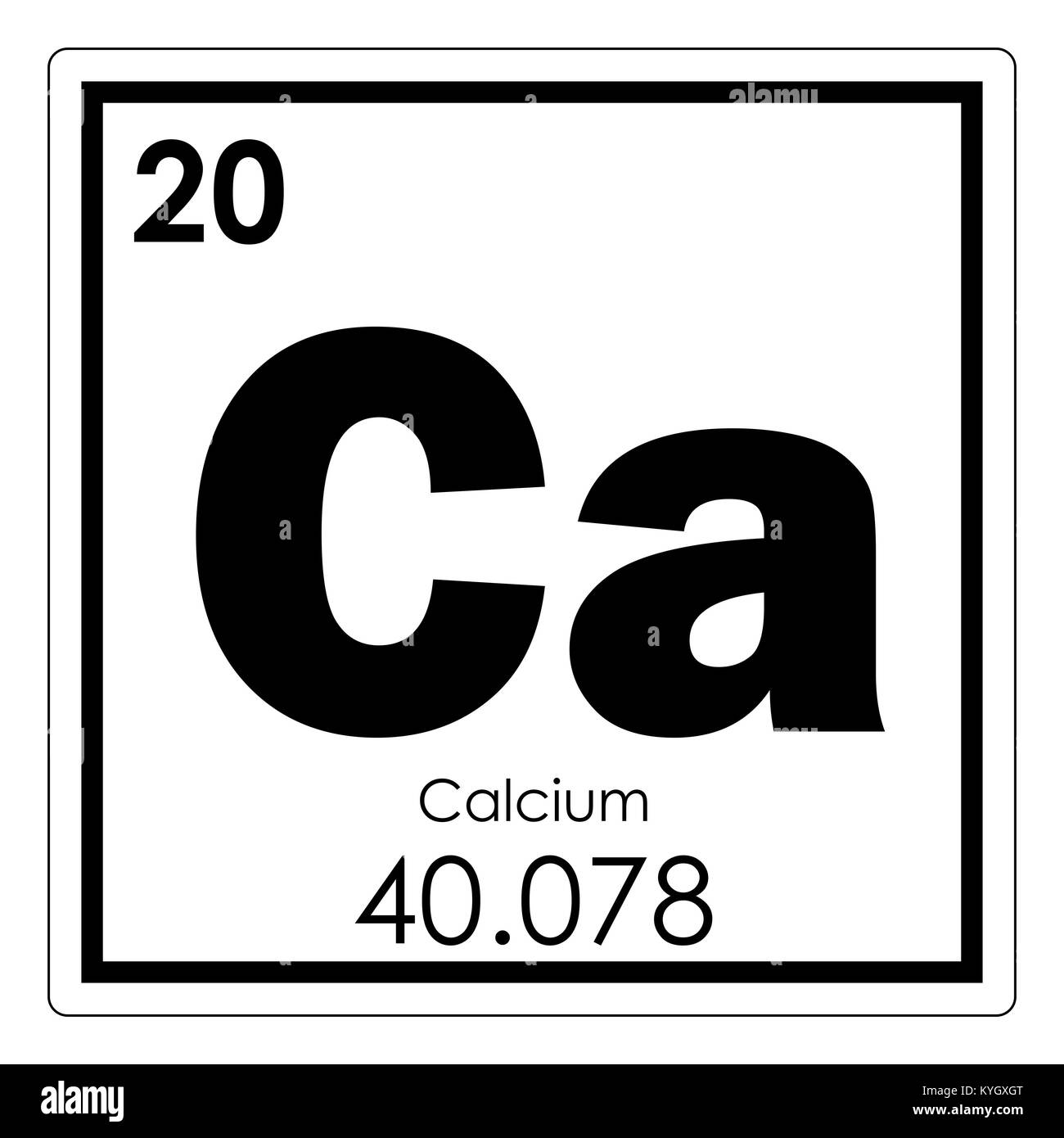

The longest lived isotope of radium is radium-226 with a half-life of 1600 years it and radium-223, -224, and -228 occur naturally in the decay chains of primordial thorium and uranium. Calcium and barium are weakly radioactive: calcium contains about 0.1874% calcium-48, and barium contains about 0.1062% barium-130.
Calcium-48 is the lightest nuclide to undergo double beta decay. Beryllium-7, beryllium-10, and calcium-41 are trace radioisotopes calcium-48 and barium-130 only decay by double beta decay and have very long half-lives (longer than the age of the universe) and are thus primordial radionuclides and all isotopes of radium are radioactive. Of the six alkaline earth metals, beryllium, calcium, barium, and radium have at least one naturally occurring radioisotope magnesium and strontium do not. Calcium, strontium, and barium react with water to produce hydrogen gas and their respective hydroxides (magnesium also reacts, but much more slowly), and also undergo transmetalation reactions to exchange ligands. The alkaline earth metals all react with the halogens to form ionic halides, such as calcium chloride ( CaClĢ), as well as reacting with oxygen to form oxides such as strontium oxide ( SrO). Īll the alkaline earth metals have two electrons in their valence shell, so the energetically preferred state of achieving a filled electron shell is to lose two electrons to form doubly charged positive ions. Even the compound beryllium fluoride, which is the most ionic beryllium compound, has a low melting point and a low electrical conductivity when melted. All compounds that include beryllium have a covalent bond. If beryllium did form compounds with an ionization state of +2, it would polarize electron clouds that are near it very strongly and would cause extensive orbital overlap, since beryllium has a high charge density. īeryllium is an exception: It does not react with water or steam, and its halides are covalent. The second ionization energy of all of the alkaline metals is also somewhat low.
#CALCIUM ATOMIC NUMBER FULL#
The alkaline earth metals have the second-lowest first ionization energies in their respective periods of the periodic table because of their somewhat low effective nuclear charges and the ability to attain a full outer shell configuration by losing just two electrons. The heavier alkaline earth metals react more vigorously than the lighter ones. All the alkaline earth metals except beryllium also react with water to form strongly alkaline hydroxides and, thus, should be handled with great care. In chemical terms, all of the alkaline earth metals react with the halogens to form the alkaline earth metal halides, all of which are ionic crystalline compounds (except for beryllium chloride, beryllium bromide and beryllium iodide, which are covalent). The alkaline earth metals are all silver-colored and soft, and have relatively low densities, melting points, and boiling points. The chemistry of radium is not well-established due to its radioactivity thus, the presentation of its properties here is limited. Most of the chemistry has been observed only for the first five members of the group. There have been experiments, all unsuccessful, to try to synthesize element 120, the next potential member of the group.Ĭharacteristics Chemical Īs with other groups, the members of this family show patterns in their electronic configuration, especially the outermost shells, resulting in trends in chemical behavior: Īll the discovered alkaline earth metals occur in nature, although radium occurs only through the decay chain of uranium and thorium and not as a primordial element. Helium itself is a noble gas and not an alkaline earth metal, though it is theorised to have some similarities to beryllium when forced into bonding and has sometimes been suggested to belong to group 2. That is, this orbital contains its full complement of two electrons, which the alkaline earth metals readily lose to form cations with charge +2, and an oxidation state of +2. Structurally, they (together with helium) have in common an outer s-orbital which is full. The elements have very similar properties: they are all shiny, silvery-white, somewhat reactive metals at standard temperature and pressure. They are beryllium (Be), magnesium (Mg), calcium (Ca), strontium (Sr), barium (Ba), and radium (Ra). The alkaline earth metals are six chemical elements in group 2 of the periodic table.


 0 kommentar(er)
0 kommentar(er)
